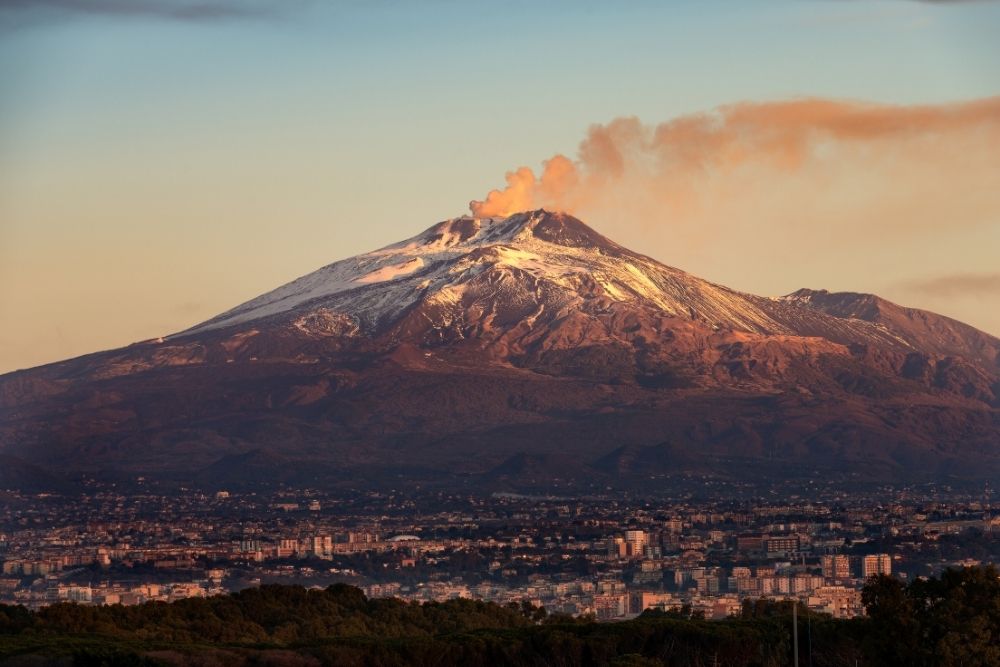
Siracusa
Siracusa (Syracuse) is located on the east coast of the island of Sicily. It is an historic city, founded by the Greeks and once the centre of the Grecian Empire. It was described by Cicero as "the greatest Greek city and the most beautiful of them all". It later became part of the Roman Republic and Byzantine Empire and was originally the capital of Sicily.

The Cathedral - Photo: www.understandingitaly.com
Syracuse was the birthplace of the mathematician, Archimedes, who is said to have run naked through the streets of the city, shouting 'Eureka' having discovered how to measure 'volume' while stepping into his bath.

A typical street in the old town - Photo: www.understandingitaly.com
The historic part of Siracusa, the 'Città Vecchia' or 'Old City', is called 'Ortygia' (Ortigia) and is located on an island joined to the mainland by three bridges. The modern city of Syracuse has developed on the mainland behind.

Santa Lucia Alla Badia - Photo: www.understandingitaly.com
Santa Lucia is the patron saint of Siracusa. There is a famous painting, 'The Burial of St. Lucy' by Caravaggio, created during his stay in Siracusa while on the run from the authorities, accused of murder. The masterpiece was painted as an altar piece for the 'Santa Lucia al Sepolcro', the traditonal site of the matryrdom of Saint Lucy in 304AD, located in the main part of Siracusa. The painting is currently displayed in the church, Santa Lucia alla Badia, which is at the far end of the Piazza Duomo in Ortigia.
Siracusa
Population: 122,304
Male: 59,942
Female: 62,362
Population density: 599.3 per square km
More information here







